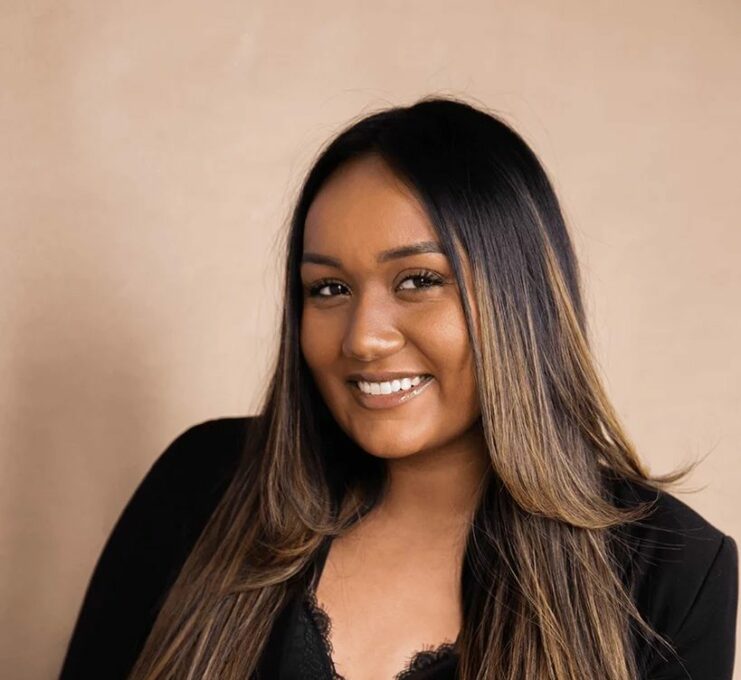Diversity in PR

-
categoryEDI: Equity Diversity Inclusion
-
authorJanelle Marpa
-
dateFebruary 4th, 2022
Have you ever thought about why your name is what it is?
When my parents came to Canada over 30 years ago from South America, they were met with the reality that BIPOC people were at a visible disadvantage in the workforce. They decided that if I was going to have a fair shot at life in Canada it would be best to name me something “acceptable” in the west. The sad part about this? They were right. Countless times have I met with interviewers only to hear “I imagined you’d be a blonde!”
Navigating the world as a BIPOC woman has its challenges, particularly in the industry of public relations. Whiteness has historically been portrayed in the media as the highest bar of intelligence, wholesomeness, attractiveness and success and the portrayal of the PR industry itself has been no exception. A study conducted on movies and TV over a 15-year period showed women in public relations were portrayed as attractive, social, stylish, and mostly, if not all, white.
Walking into most agencies, it looks fairly similar, with the addition of a few more disparities.
- PR teams are mostly comprised of white females, yet leadership teams are largely male.
- Black women in particular are underrepresented in senior management.
- Women account for more than two-thirds of all PR practitioners, yet still, make an average of 6 percent less than male PR practitioners.
- Black women face dual discrimination and are more likely to be in worse situations when it comes to job level, income, security and satisfaction.
Why is this a problem?
When we are bombarded with a single image of the ideal public relations professional, it becomes a widespread belief that this field is only for one type of person, when in reality, our media professionals should be an accurate representation of the people and public we are representing. Relatability is the key to genuine communication.
What can you do as an employer?
I would not be in the position I am in now and be able to speak on diversity in the industry if those in positions of power did not give me a chance. As an employer, the best and most effective way to change the landscape of PR is to actively seek, connect with, and ultimately hire BIPOC employees so that they too can one day be in positions of power themselves.
Evaluate, do your employees look like the public you are ultimately trying to represent? Do they reflect different walks of life and offer unique perspectives on your projects, including how said projects may be received in different communities?
I have been lucky enough to start my PR career with Faulhaber Communications where I feel both seen and heard by my peers and leaders, but not everybody has that same luxury.
As an employer, I challenge you to assess the environment you have created and ask yourself and your team if there is more within your power that can be done to genuinely diversify your workplace.
FAULHABER is committed to empowering BIPOC talent. To learn more about our DEI commitments.